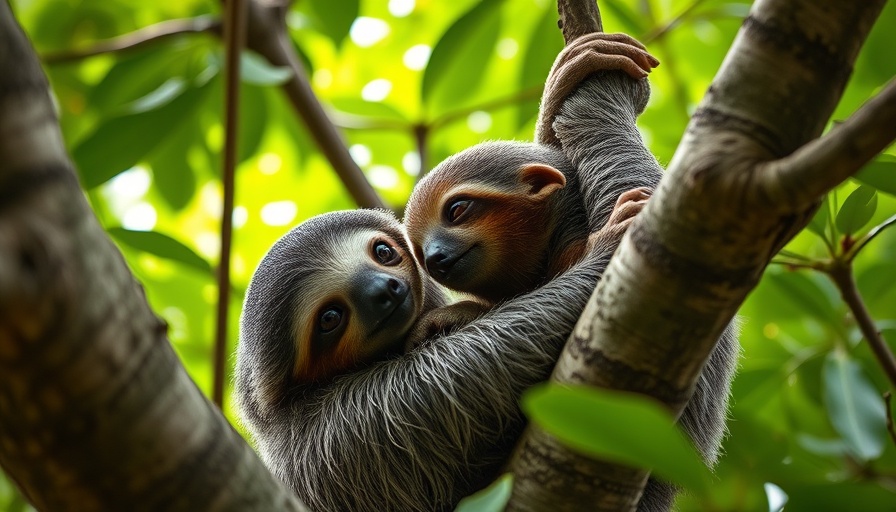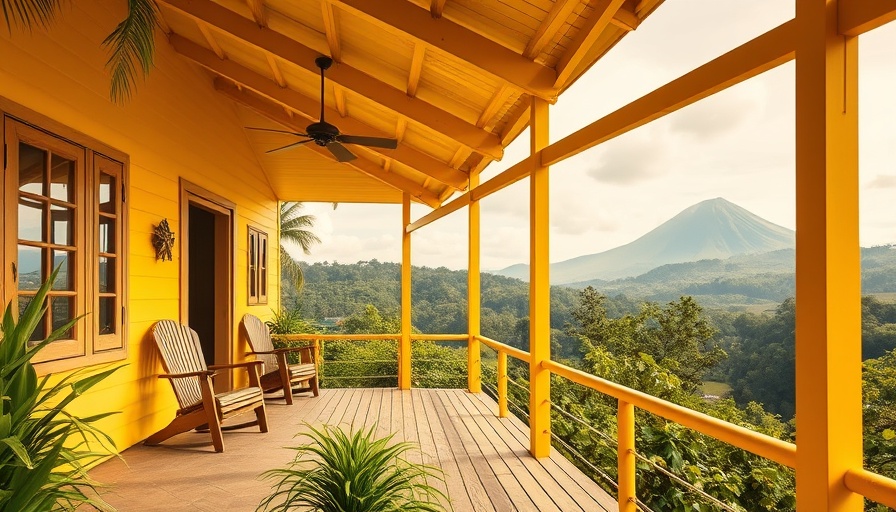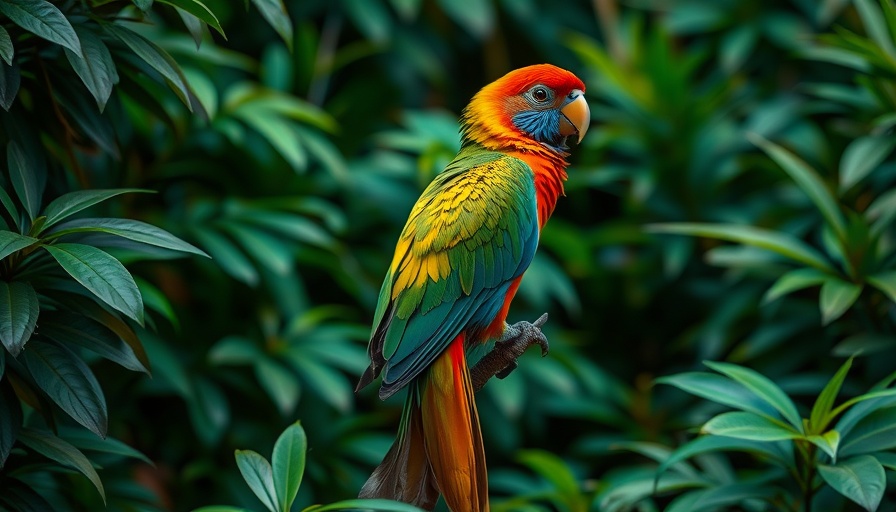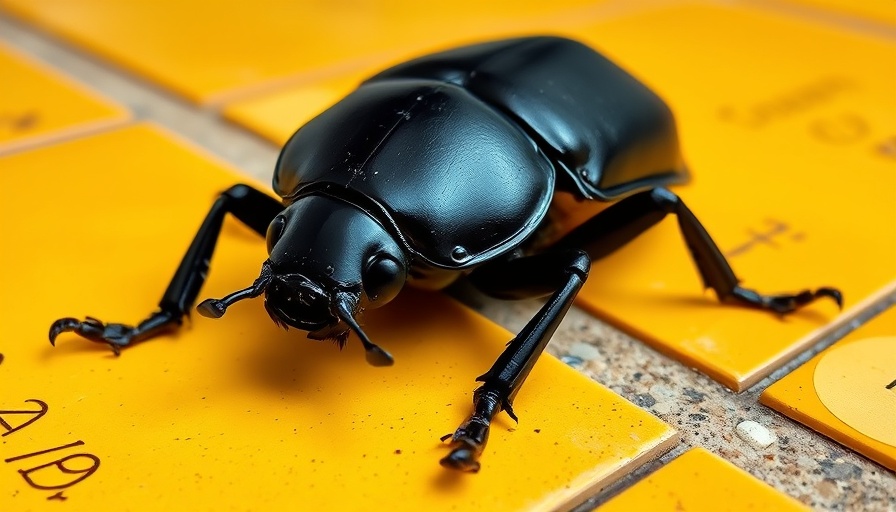
Experience the Wonder of Sloths in Their Natural Habitat
Costa Rica has captivated nature lovers for years, becoming a sanctuary for exotic wildlife and particularly for the charming sloth. A recent encounter documented in an enlightening video allows us to take a deeper look into the life of these unique creatures, showcasing a mama sloth and her adorable baby. The sighting was not orchestrated by a zoo, which makes the experience even more special as it brings raw, untamed wildlife directly into our living rooms.
In 'Glimpse in the Wild Mama and Baby Sloth in Costa Rica', the discussion dives into the unique behaviors and challenges faced by sloths, exploring key insights that sparked deeper analysis on our end.
Understanding Sloth Behavior and Lifestyle
The relationship dynamics between sloths and their offspring is fascinating. For the first six months of life, baby sloths cling securely to their mothers, learning essential survival skills such as climbing trees and the best types of foliage to eat. This maternal bond is critical; it lays the foundation for the young sloth’s future independence in the wild. Interestingly, after weaning, these young creatures don’t venture far from their mothers, preferring to stay close to familiar territories.
The Risks of Life on the Ground
What’s particularly engaging about sloths is their deliberate, slow-paced lifestyle which plays a crucial role in their survival. A notable moment from the video captured a sloth on the ground—a risky venture, as sloths are vulnerable to predators during this time. These trips down from the canopies typically occur for critical business like defecation, a process they undertake approximately once a week. If you happen to spot a sloth making this trek, it’s wise to give it space, as it is a moment of vulnerability. They are aware of their surroundings and, despite their quirky movements, they know where they are going—slowly but surely.
The Importance of Conservation and Their Habitat
As more discussions arise around wildlife conservation, it’s essential to recognize that habitats like those in Costa Rica are rapidly changing. The survival of sloths can be linked directly to environmental factors, including deforestation and human encroachment on their territory. By ensuring the protection of these habitats, we make a concerted effort to support not only sloths but the entire ecosystem that enriches our planet. These thoughtful conversations around conservation can help foster a greater awareness of the critical importance of wildlife preservation.
The Joy of Witnessing Wildlife
Encounters like those shared in the video offer more than just a glimpse into sloth life; they evoke a sense of profound appreciation for nature’s wonders. Each sighting of these lovable creatures reinforces the idea that there is beauty in the slow-paced, contemplative movements of wildlife. For those belonging to the 55-75 age demographic, especially retirees, connecting with nature can be a poignant way to find purpose and relaxation during one's golden years. Engaging with wildlife, whether through videos or in direct encounters, can rejuvenate spirits and inspire conservation efforts.
A Call to Action for Environmental Engagement
Inspiring love for creatures like sloths calls for active engagement. You can begin this journey by exploring more about local wildlife conservation efforts. Consider getting involved with organizations dedicated to protecting habitats where sloths and other endangered species live. By gaining knowledge and supporting these initiatives, every viewer can contribute to a healthier ecosystem that allows wildlife to thrive for generations to come.
Final Thoughts: The Sloth’s Solitary Nature
Sloths, whether solitary or nurturing their young, reveal profound truths about resilience and adaptation. Their lifestyle teaches us that presence is more important than speed, a lesson we can apply to our own lives. As seen in the video, watching them interact with their environment prompts us to understand and respect their space, and strive actively to protect it.
 Add Row
Add Row  Add
Add 




Write A Comment